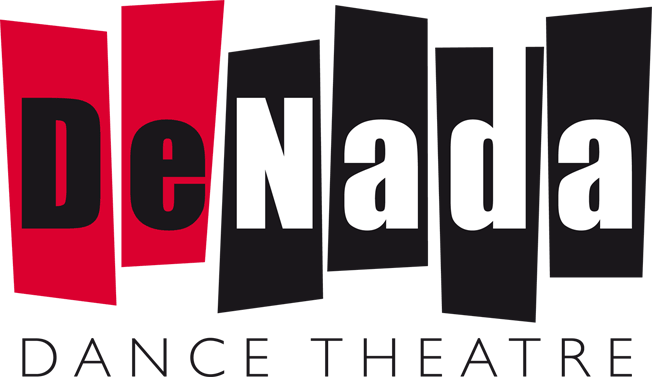How Do You Solve a Problem Like Maria?
How Do You Solve a Problem Like Maria?
By Carlos Pons Guerra
Rather than attack dogma, or scripture, what I suppose I'm doing is proposing a theology of acceptance, where perhaps Mary prays for us and tries to facilitate that sex change, asking God for it on our behalf. What would our deities do with 21st century notions of gender- so different to those of biblical times?
In this theology of love, would Mary and Jesus not accept that some people are homosexuals, and some people are transsexuals? If they facilitated that change, would that not be a life-changing miracle such as Lazarus' was for his sisters and him?
I asked myself: how do you solve a problem like Maria? (A question, I'll admit, which I too often hum to myself regardless of the context). It wasn't until we returned to the work in 2014 that I had figured Mary out. I was very drawn to the fact that Mary was forced into her virginal role: it was announced that she would bear the child of God- but she was never asked. She's been stuck in this role of purity for eternity: had she made other plans? How did Joseph feel about all this? These questions led me to cast Joao Maio- a broad shouldered, hairy legged Portuguese lad- in her virginal role, hoping to comment on the impositions cast upon us: the hardcore bondage of religion, culture and society.
But the main message of the work I owe to Pedro Almodóvar. In his All About My Mother, la Agrado (Antonia San Juan) has a touching monologue on authenticity and sex change, which concludes with: "The closer you are to what you dream yourself of being, the more authentic you are." A lovely line, and something- being what we dream ourselves of being- which should be in everyone's prayers.
We started working on O Maria in 2013, after I had a sort of apparitional experience during a performance of some very serious, hunched-backed contemporary dance (of the bouncy, pointy fingered, incomprehensibly angry type)- where to my eyes only, the Virgin Mary, clad in a futuristic, haute couture number, descended on this tribal circle of muted-coloured costumed dancers. From this epiphany was born our divine comedy of ham and bondage, a kitschy kitchen drama about the social and cultural chains that make us repress our true selves and the desires that form them; the terrible consequences of repression (or not so terrible, if bondage and lace gimp masks float your boat), and above all, the often ridiculous impositions of gender expectations. Particularly for women- who for centuries have had an impossible role model to follow: Mary, who gave birth without prior sex.
Although the piece- and myself- are very much obsessed with the Virgin Mary, I aim for the work to go beyond religion: in the style of the Bible, I use a parable to reflect on the social and cultural impositions on gender and sexuality. Then again, I am Spanish, Catholic, and gay, so guilt is an inextricable part of my DNA. Religious thought is very present in O Maria, but we do not champion against it.
O Maria is about transformation. The Bible is full of transformation: Lazarus returns to life, the miracle of the wine, the blind can now see, water into blood, bad women repent and become holy- but nobody changes sex in the Bible. Leviticus tells us that sodomy is as old as the human race, so surely, there must have been somebody in Canaan dying for a sex change? A man desperate to realize their true female self in Nazareth?
